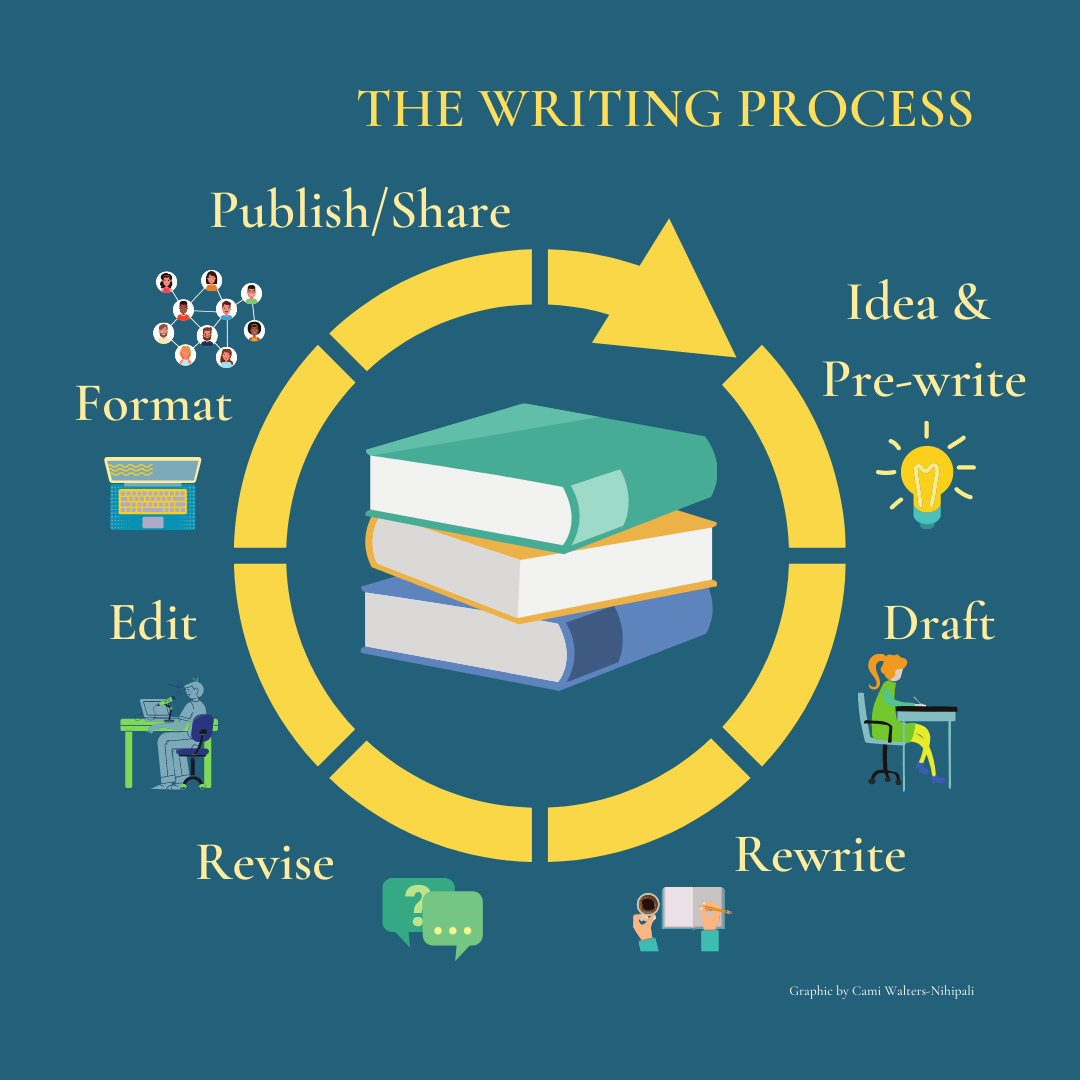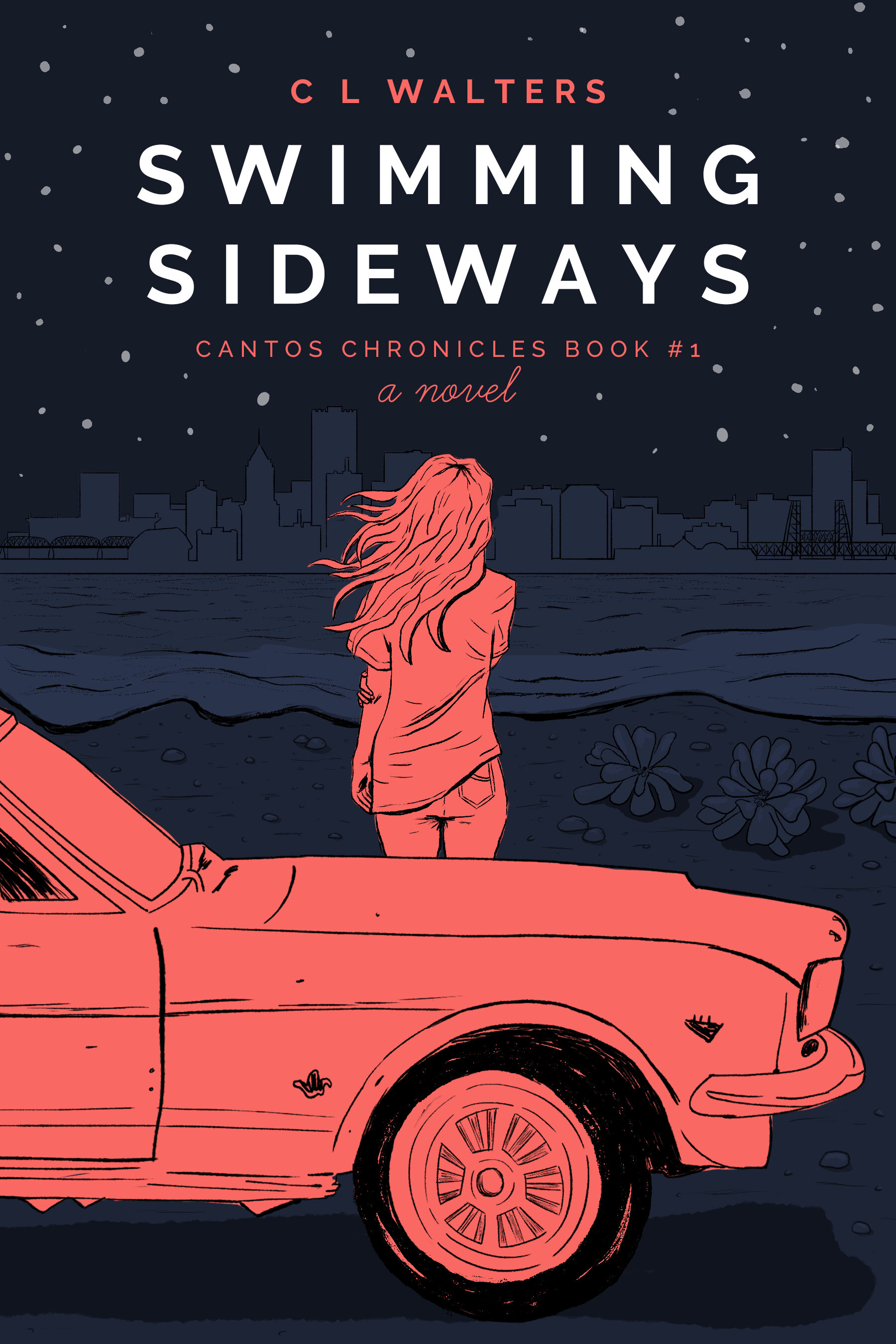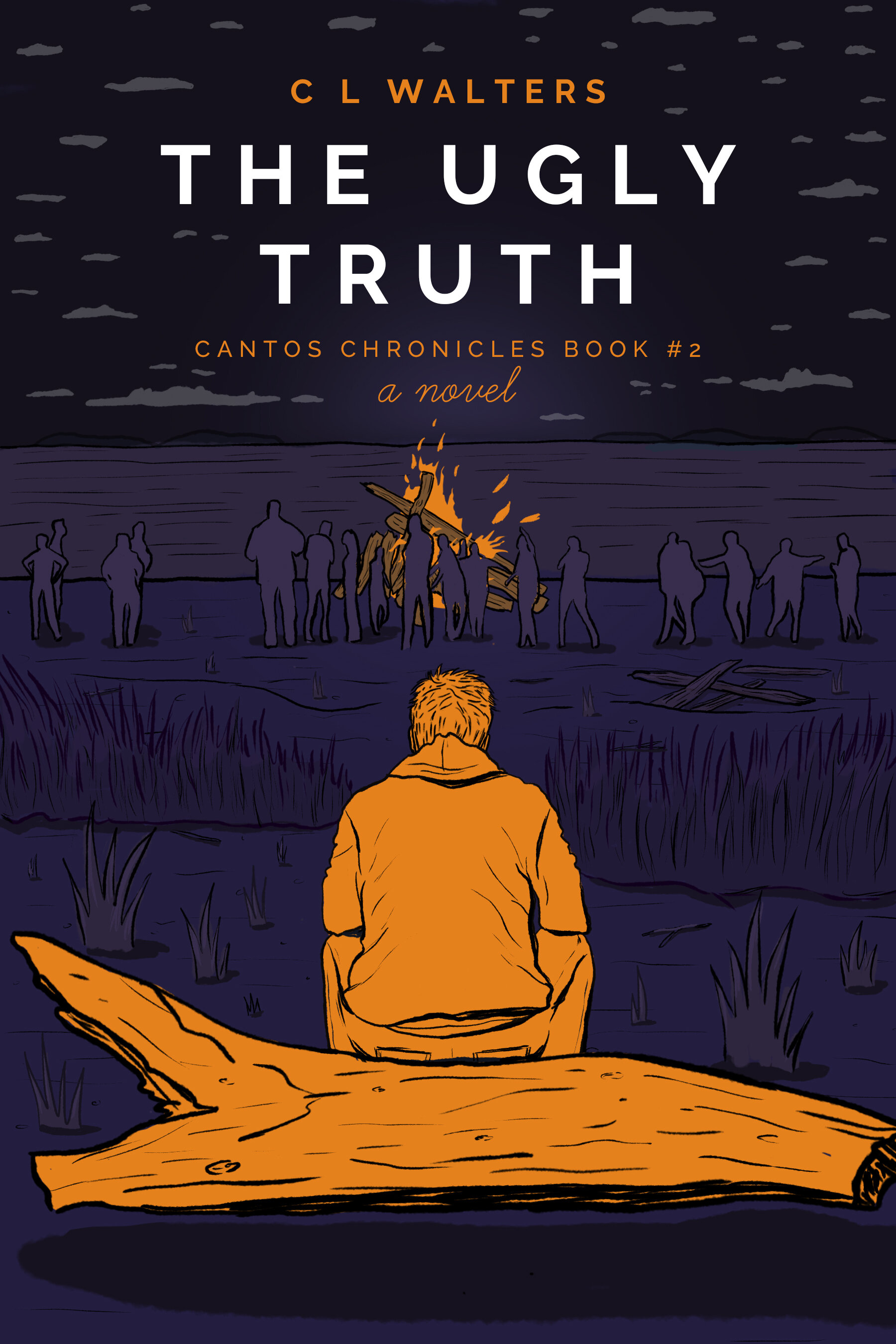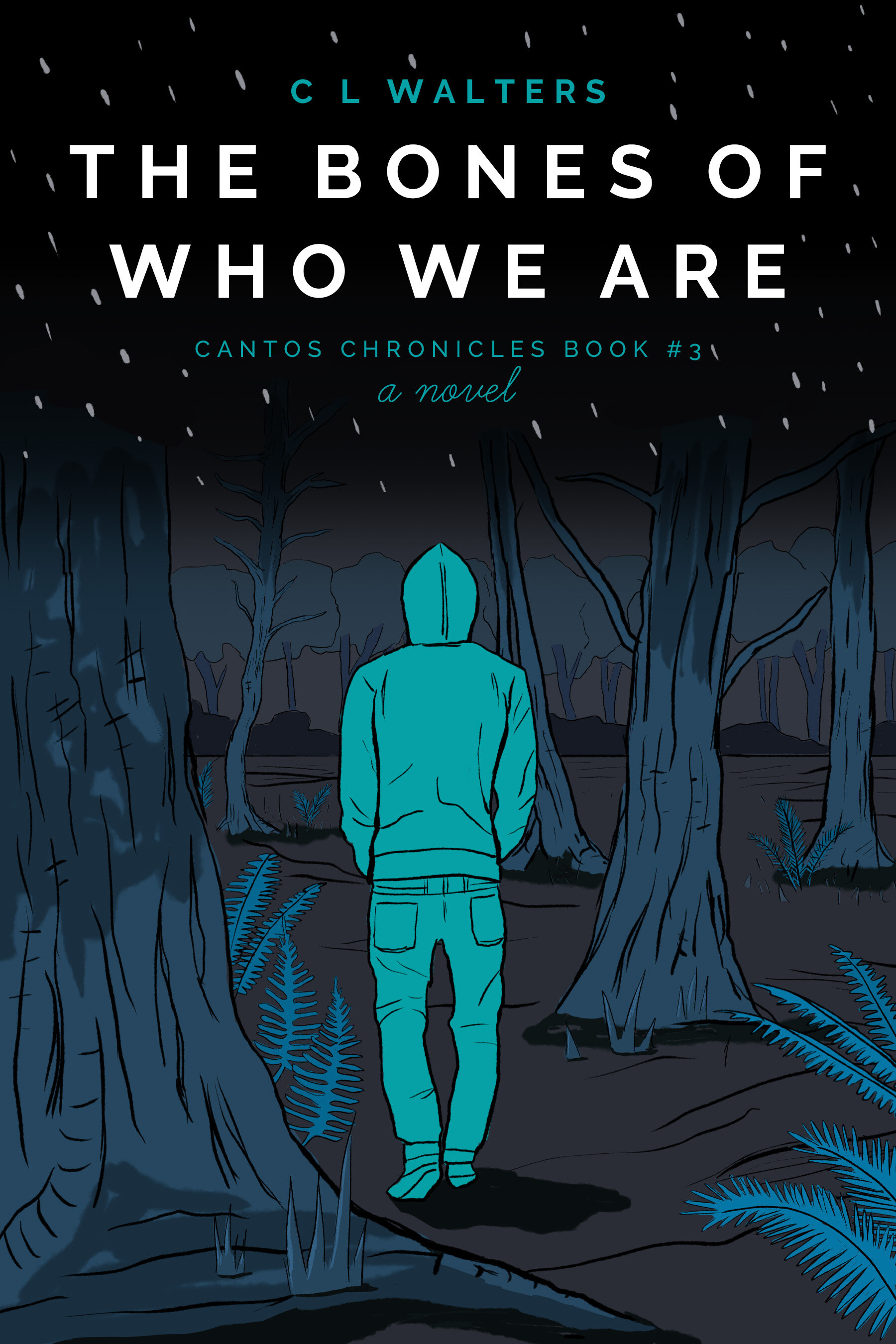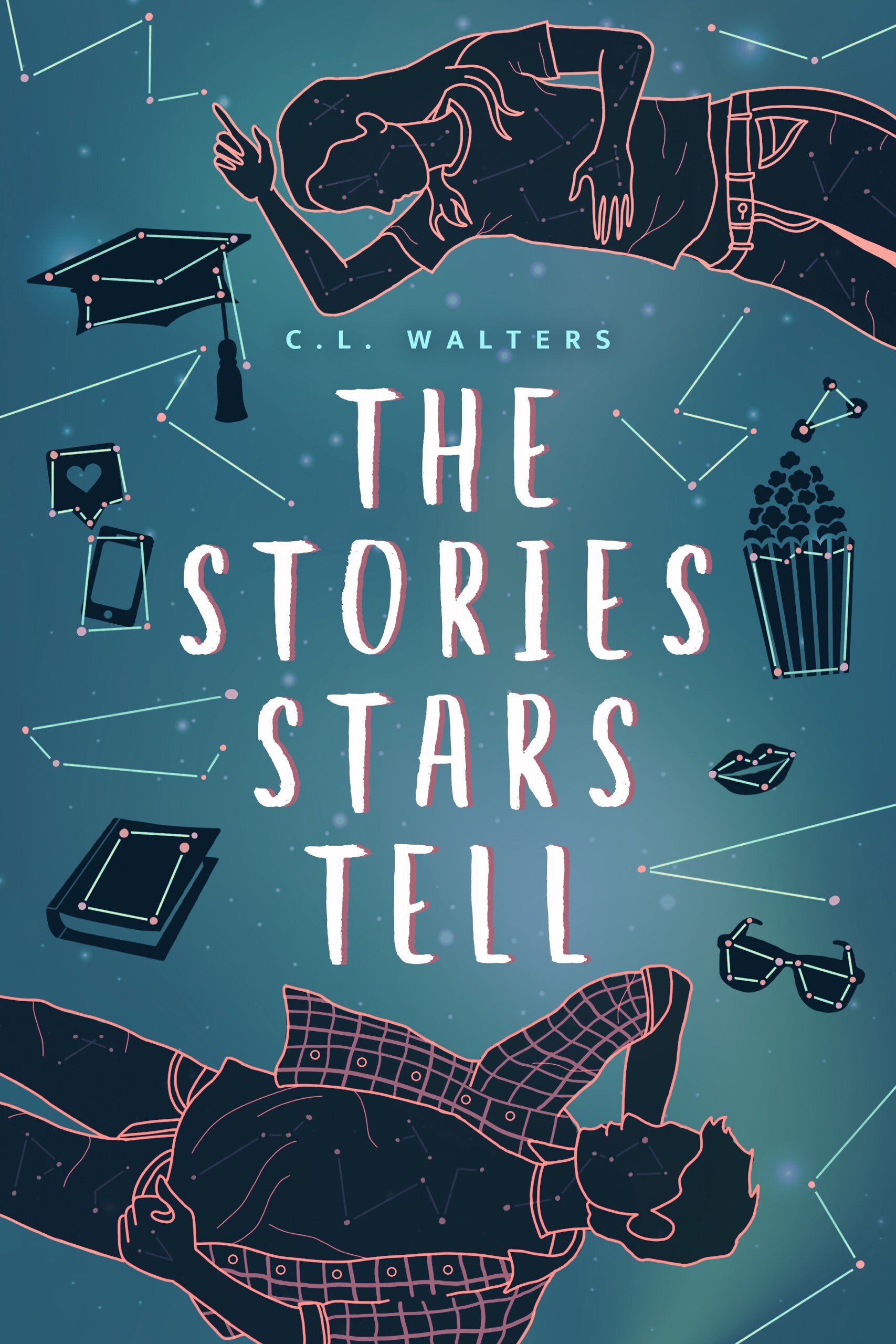Happy New Year! It’s nice to be back. Without further ado… onto this week’s post.
A reader asked this question: What is your favorite part of the writing process?
This needs to be said right up front: WRITING IS HARD! And all of you who write (heck, create) know that up front. Who was it that said, “all you do is sit down at the typewriter and bleed” (I’m pretty sure it was Ernest Hemingway)? The bleeding—not physical because that would be disgusting—is emotional and mental and it’s harsh. Here’s a poem by Charles Bukowski called “So You Want to Be a Writer” which hits the nail on the head, so to speak.
Now that we’ve got that squared away, in order to explore the questions readers posed, I thought it would be awesome to add a few more author voices into the mix, so over the course of this Ask the Author series, you’ll be here from six other YA authors in addition to me: Brandann Hill-Mann, Sophie Fahy, Piper Bee, Julia Scott, Rayna York, and Ally Aldridge. Each of these wonderful women agreed to answer the same questions asked of me, so I’m going to add their incredible voices.
Before I answer this question: What is your favorite part of the writing process, let’s begin with a common framework.
The writing process is a cyclical series of events from the inception of a story to the sharing of it with a broader audience. These are the phases as I see them: Story idea and prewriting, drafting, rewriting, revising, editing, formatting, and publishing. This process looks more like a cycle that folds back in on itself over and over before getting to that final phase: sharing the work.
Let’s define the terms:
First, every book begins with an Idea & Prewriting. This is the Ah Ha moment when a story idea hits me. Maybe it’s a scene like Emma standing at her locker lusting after Tanner across the hall like in The Stories Stars Tell, or maybe it’s Seth telling me not to “leave him in hell,” over and over until I finished his story in The Ugly Truth. All of us get these little “downloads” from the universe in some shape or form whether it’s writing or another creative endeavor. That’s when the “planning,” the “pantsing” or the “plantsing” happens (I happen to adhere to a combination of approaches when prewriting).
Idea!
Seth: Cami! Do not leave me in hell. Get me out of here!
Idea!
Emma is glancing lustfully over at the school’s notorious party boy, Tanner. Why won’t she go talk to him?
Drafting is the heavy lifting of telling the story. I love how Stephen King wrote in On Writing about what a mentor told him, “When you write a story, you’re telling yourself the story…” This is drafting. The forward movement of getting the skeleton of the story on the page. Brandann Mann-Hill, author of The Hole in the World speculative fiction series, told me “Sometimes I don’t quite have the story worked out in my head—despite my best outlining efforts—until I’m drafting, so I enjoy finding out what is going to happen. I’m still telling the story to myself.” Piper Bee, author of Joy’s Summer Love Playlist added that “[Drafting is] always so fun to discover new things about my characters and to see what comes out of them when I give them room to breathe on the page.”
In many writing process explanations Rewriting and Revising might be combined, but I’m taking my own path and expressing that these are different parts of the process. After drafting, I rewrite which could be described as drafting all over again only now there’s a skeleton available with which to work. Finishing up that awesome quotation from Stephen King’s On Writing, “‘...When you rewrite, your main job is taking out all of the things that are not the story.’” The bones of the story in draft form need a lot of work, from cutting and rewriting, to new scenes for character development and plot pacing. A lot of writing happens in this stage for me. This is where an editor would “developmentally” edit a story. Sophie Fahy, author of Through Her Eyes, said that rewriting is her favorite part of the process. “I love to rewrite. The words are already on the page to play with. Delete, re-jiggle, all the best bits so easily able to put together to create a manuscript so beautiful.”
The difference for me between rewriting and Revision is subtle, but I see revision as less heavy lifting that rewriting requires. To use painting as an example, the picture is clear on the canvas, which drafting and rewriting provide. Now, it’s playing with color and shadow, adding details and reworking lines in order to make the picture pop. This is a distinct difference for me in my writing process. This is also the stage that I send out a draft for feedback. That feedback is helpful in supporting me to focus on aspects of the story I may have gone writing blind to.
Editing is the next stop in the writing process. There are different kinds of editing: developmental, line editing and copy editing. Developmental editing is what happens in the rewriting and to some extent in the revision phase. The “line editing” or working with sentence structure and word choice, happens in the revision stage, but also when I get closer to that finished draft. Finally, “copy editing,” which is fixing typos and usage errors, is when I’ve reached the point where I think the story is as close to “finished” as I can get it. All creatives know that this is a never ending cycle and a strong copy editor is invaluable. (Wait!!! A quick note: a developmental editor is also invaluable! Know the difference if you’re paying for an editor so you can articulate what kind of editorial support you want).
We’re nearing the end of this cycle after going through the loop of revision and editing repeatedly, and it’s time to format. I’m including this as part of the writing process, because as the writer (specifically the indie author because traditional authors don’t have a lot of input in this part of the process) the overall “look” of the book impacts the story. From cover to interior, these are part of the whole work, and I’d argue as much of its own process too! Julia Scott, one of our esteemed authors, is also a professional formatter wrote in Indie Writing Wisdom. “Formatting that makes your book easy to read and keeps your reader engaged in the story, rather than being distracted by the oddities in the layout, is a job well done…the readability of your words is key.”
And finally, Publication (which I’m going to include means sharing the work in anyway you share it). It’s out of your hands and into the hands of the reader. This stage of the creative process requires its own process (marketing, publicity, ect.) and I’ve written blogs about it (here’s a link if you’re interested in those), so I’m going to quietly move on. We did it! And now the cycle begins anew.
So, back to the question: What’s my favorite part of the writing process?
While I love the infatuation phase of working on a new story and celebrating the first draft, it isn’t my favorite part of the writing process. It feels like internal bleeding. I force myself to the keyboard to bleed like Hemingway suggested and it’s uncomfortable. I have to work really hard to silence the perfectionist committee in my head. So my favorite part is the REWRITE. For me, this is where the real story—the one I get to eventually share—begins to take shape. I love that feeling when it feels like separate puzzle pieces snapping together and begin to make a complete picture. It makes the drafting and the discomfort worth the effort.
There you have it. Question answered (I hope). Do you have any other questions about The Writing Process? I’d be happy to chat.
